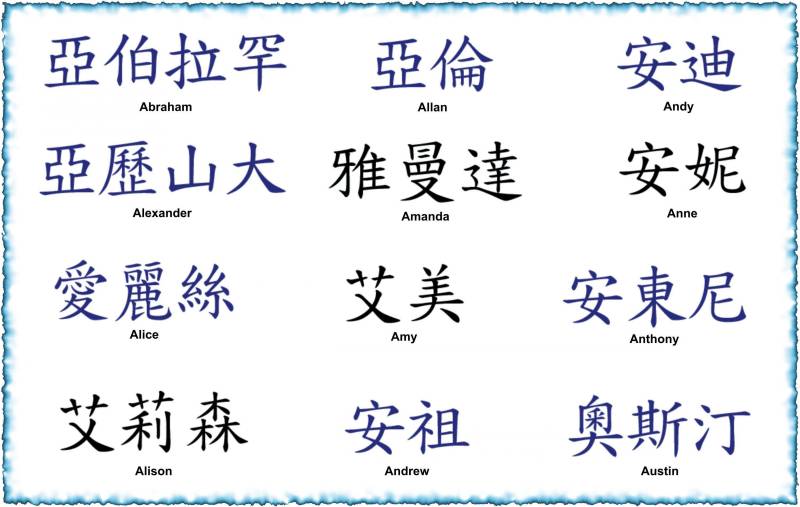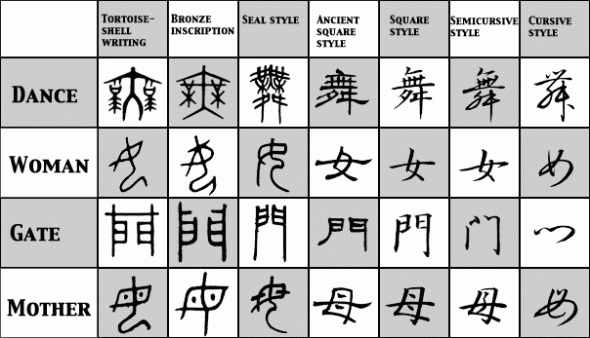

Bad news first: there are not really any hard and fast rules to go by when reading kanji. If you want to learn Japanese onyomi versus kunyomi, there’s good news and bad news. The Best Way to Learn Japanese Onyomi and Kunyomi Fun fact-kanji that only have a kunyomi reading are referred to as 国字 (“kokuji”), which literally means “national characters.” However, Japanese scholars used elements of existing Chinese characters in order to create the symbols for these words. If you think about it, it makes sense that these particular concepts could easily be ideas native to Japan. Some kanji that only have kunyomi readings include 姫 (“hime” - princess), 鰯 (“iwashi” - sardine), 込む (“komu” - to be crowded). How could Japan not have a concept for “second,” you ask? Because Japan is 一番 (“ ichiban” - number one)! The reason for this is based in history - either the Japanese language did not yet have a unified term for the word, or the concept didn’t yet exist in Japan! Some kanji that only have onyomi readings include 肉 (“niku” - meat), 象 (“zou” - elephant), 秒 (“byou” - second). Kanji don’t always have both onyomi and kunyomi readings. However, the simple fact remains that learning the proper kanji reading is going to take a lot of memorization. By following context clues like this, you can increase your reading comprehension of these kanji. For example, kayoubi (火曜日) is Tuesday and suiyoubi (水曜日) is Wednesday. In fact, all other days of the week will contain these other two kanji (曜日 - pronounced “youbi”) preceded by the onyomi reading of a kanji. When appears alone, it refers to a tree, whereas when it appears next to the two other specific kanji in 木曜日, it means Thursday. Noticing the placement of a kanji is key to reading comprehension. What’s going on here? I know what you’re thinking-“the same kanji can mean ‘tree’ and ‘Thursday’?” and the answer is “Yes.” But it’s not as bad as you think!

On the flip side, the Chinese onyomi reading of 木 is pronounced “moku.” If you’re familiar with your days of the week in Japanese, you might recognize this one: “mokuyoubi” (木曜日), or Thursday. It gives teachers an opportunity to teach the plural in Japanese - 木 (pronounced “ki”) is used to say “tree” and “trees” (there is often no difference between singular and plural in Japanese).Īs mentioned before, there are almost always multiple readings for a kanji in Japanese, and the pronunciation “ki” of the tree kanji 木 is kunyomi-the Japanese origin. The kanji for tree (木) is one of the first symbols that many beginners to Japanese learn, as it illustrates multiple concepts.

The best way to illustrate this difference is with a few examples: Instead of borrowing the Chinese pronunciation of a symbol, they applied the symbol to a Japanese word that already existed in the spoken language, using it to help construct the Japanese writing system. Kunyomi, on the other hand, is the fully Japanese pronunciation of the kanji.

So don’t try to use any onyomi on the Chinese waitstaff the next time you go for a dim sum lunch. Japanese has a simple set of sounds in the language, whereas Chinese has a much wider variety of sounds due to the use of tones in their pronunciation. It is important to note that although the pronunciation of onyomi is derived from Chinese, this does not mean that a Chinese person would understand onyomi. In practical terms, onyomi is often used for standalone kanji referring to the literal meaning of the single character, while kunyomi is more often used in compound words and can be more nuanced. Put simply, the onyomi is a pronunciation derived from Chinese (where kanji originated), while kunyomi is the Japanese pronunciation of a kanji. However, if you're ready to learn Japanese and take it to the next level, read on! Like any other language, the best way to learn Japanese is to use various methods and more importantly, to have fun!īoth onyomi and kunyomi refer to a way of reading a particular kanji. It requires a mastery of hiragana and a good base of common Japanese vocabulary, so if you're a true beginner, don't worry about this distinction quite yet. Knowing the difference between onyomi and kunyomi is an important step for students studying kanji, but it's best left to intermediate students. Kanji are an integral part of learning Japanese, and their sheer number (thousands!) can be intimidating. Kanji have multiple ways of being read depending on the context, falling into two different categories-onyomi and kunyomi. If you want to learn Japanese, you're going to be spending a lot of time with kanji.


 0 kommentar(er)
0 kommentar(er)
